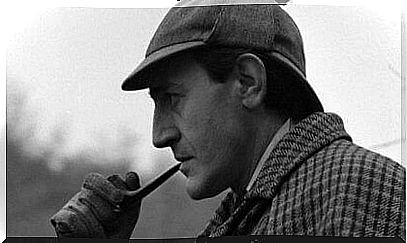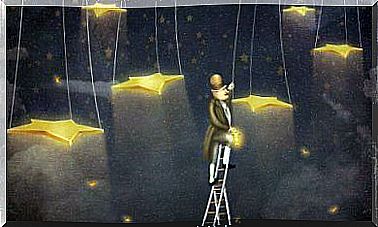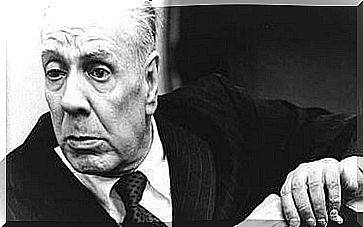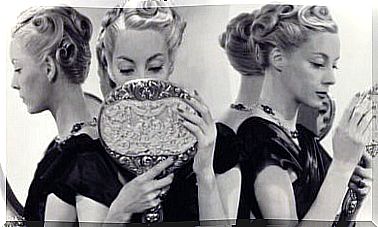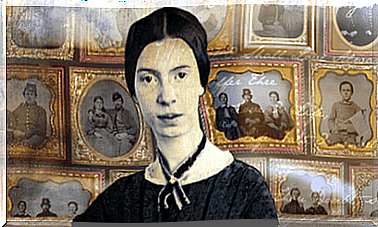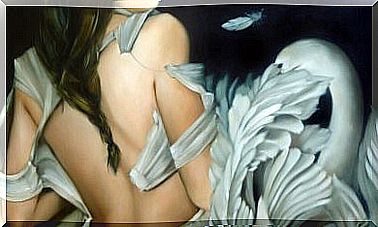Zelda Fitzgerald: Biography Of A Broken Muse
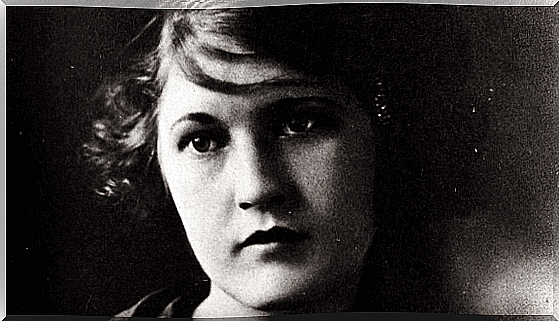
Zelda Fitzgerald made history as the “unbalanced” wife of the great writer F. Scott Fitzgerald. She was one of the first flappers of the Roaring Twenties in the United States. These women have led a whole revolution by adopting new aesthetic styles and new lifestyles.
They threw off the corsets, cut their hair and shortened their skirts. They smoked and drank in public, attended jazz venues and drove their own vehicles. It was a very important time for women who were starting to claim different roles in society.
It was a generation of women who aspired to develop their own professional careers. Who had concerns beyond building a family and pursuing more traditionally female roles. Zelda Fitzgerald was a benchmark of that time and her life is a reflection of the goals these women were pursuing. It is also an example of the consequences of such a philosophy in a society which was probably only tolerant of appearances.
Who was Zelda Fitzgerald?
Zelda Fitzgerald was born in Alabama in 1900. She was the daughter of a strict and traditional southern father. Zelda was a cheerful and outgoing young girl. She was rebellious and far removed from the traditional female roles of her small town. During a party, she meets a young man promised to a great career in letters, bon vivant and heavy drinker.
This young man would become one of America’s most famous writers: Francis Scott Fitzgerald. Scott was then writing his first novel, the main character of which was inspired by Zelda. When it was published, it was a huge success. It was during this time that Zelda traveled to New York, at age 18, to marry her.
The couple becomes a celebrity. They were the fashionable couple, rich, famous and eager to enjoy life to the fullest. Scott continues to write, always inspired by his muse. Zelda’s experiences, sentences, conversations, diaries and private letters were the sources of inspiration for Scott, allowing him to compose his stories.
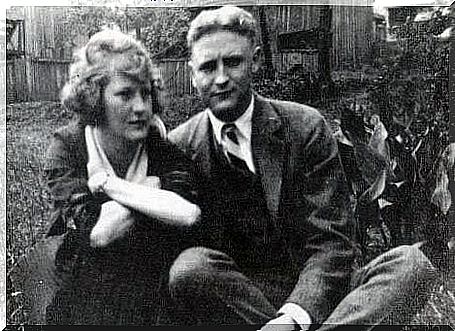
Zelda wants to write
Zelda Fitzgerald has received offers to write her own books and articles. She wrote autobiographical stories, but the editors rejected them because they appeared to plagiarize her husband’s work. The latter has in no way consented to Zelda copying him. There followed many and violent arguments between them. By this time Scott had already become an alcoholic, his infidelities were the order of the day, and he was spending more than he was earning.
They decide to settle in France, where they continue to lead their hectic social life and to rub shoulders with many intellectuals of the so-called lost generation. Zelda tries to keep writing. She also began to paint and train as a professional dancer. She falls in love with a French pilot and asks Scott for a divorce. The latter decides to keep her at home until she gives up his request. It was then that Zelda made her first suicide attempt.
Zelda’s character becomes erratic. Scott doesn’t waste the opportunity to publicly ridicule her and make her life impossible. He sits his lovers at the table with his wife and daughter, and his weird and very special friendship with Ernest Hemingway makes things even more difficult.
Zelda Fitzgerald and the psychiatric institutions
After her failure as a dancer, Zelda has a big depression. She’s getting her book Grant Me That Waltz for publication , which infuriates Scott. He accuses her of using Zelda’s biographical material that he had reserved for his own book. Right after the book’s publication, Scott locks Zelda in a very expensive mental institution where she is diagnosed with schizophrenia. She therefore undergoes many sessions of electroshock. Zelda will spend the rest of her life in mental institutions until the day of her death.
Many doctors and biographers maintain that Zelda did not suffer from schizophrenia. Some speak of bipolar disorder, others of borderline personality. In fact, Zelda’s life with her alcoholic and womanizer husband, the constant pressures on her social status, and the professional handicap Scott alluded to were reason enough to put anyone on an emotional roller coaster ride.
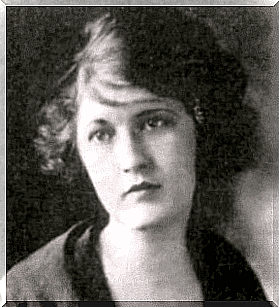
Zelda’s disease
Interestingly, Zelda’s story and mental illness diagnoses repeat itself in the 20th century with many other female artists. The list of suicides and diagnoses of mental disorders among twentieth-century artists is very long, especially among women.
It seems that this halo of genius and eccentricity characteristic of male artists was considered a treatable mental illness if the geniuses were female. Electroshock diagnoses and treatments like those received by Zelda Fitzgerald are repeated in all figures of artistic expression. Artists such as writer Sylvia Plath, surrealist artists Dora Maar and Leonora Carrington or sculptor Niki de Saint-Phalle were subjected to the same treatments.
The same goes for many women who have been imprisoned after showing minimal signs of emotional instability. Thus, thousands of American women, educated and intelligent, have fallen into the trap of depression. They were not allowed to perform, to be part of the labor market: they were in a way doomed.
After a simple nervous breakdown or the smallest act of rebellion, they were diagnosed as neurotic, psychotic or schizophrenic, and subjected to electroshock. Hopefully they would return home after a while, submissive, submissive, unable to remember who they were or recognize their own children. To this day, this type of treatment (TEC) continues to have as many defenders as detractors.
